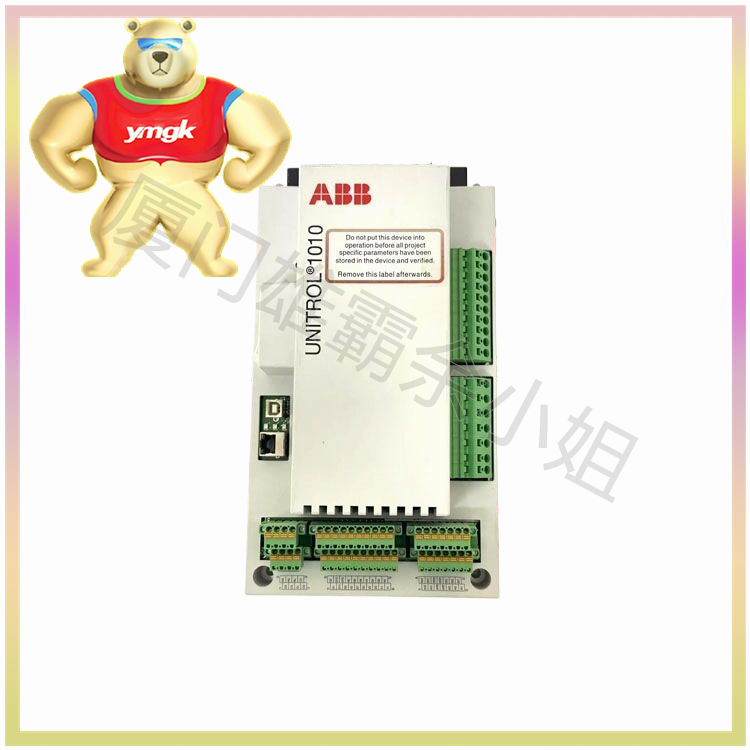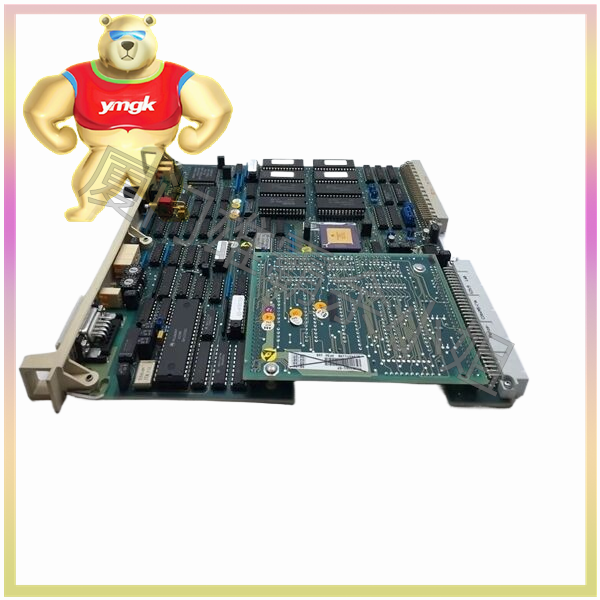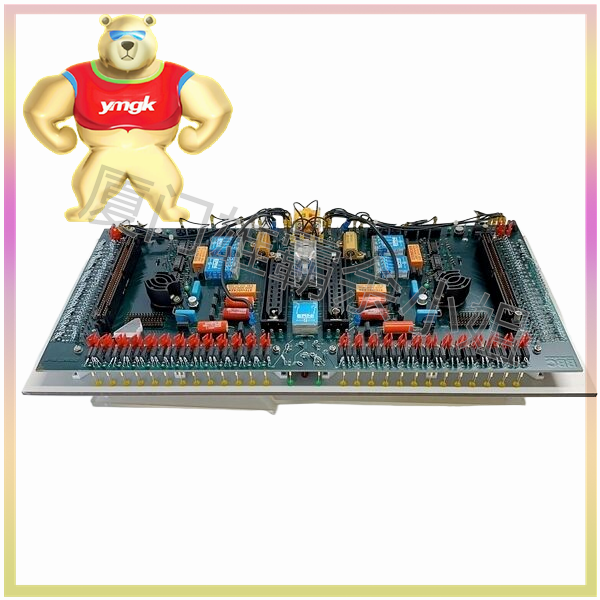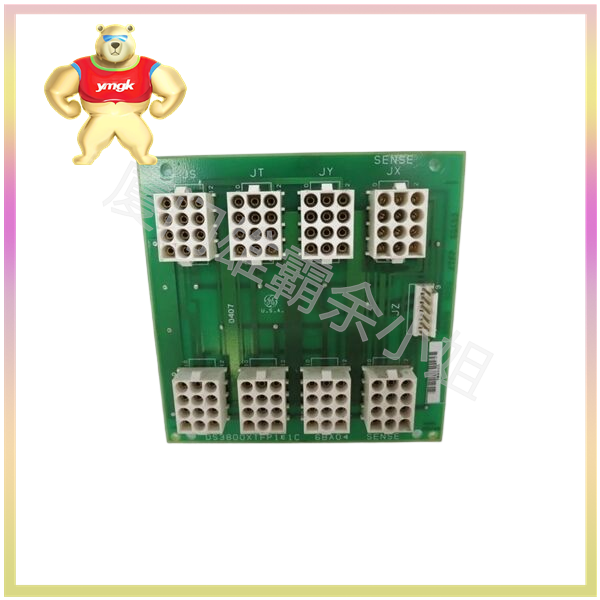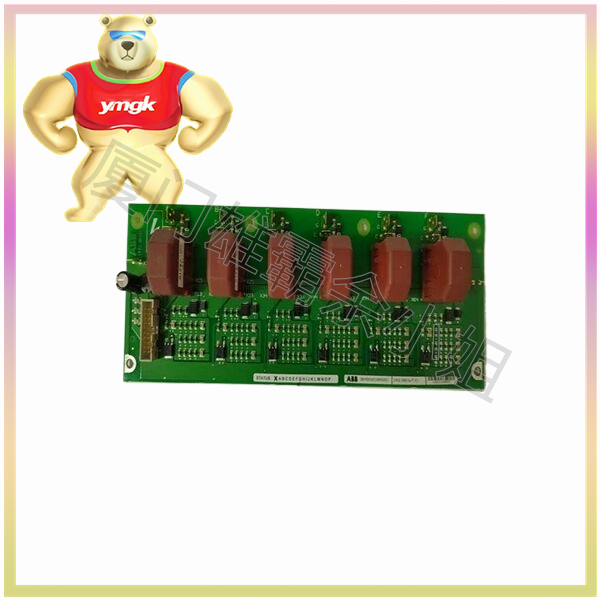A combinational logic controller (CLC) is an electronic device used to control and manage complex systems or devices. It usually consists of multiple logic gates, triggers, and other logic components, capable of implementing various complex logical operations and control functions. In this article, we will provide a detailed introduction to the basic concepts, working principles, application areas, and design methods of combinational logic controllers.
Basic concepts
1.1 What is combinational logic
Combinatorial logic is a type of digital logic that consists of basic logic components such as logic gates and triggers, and can perform various logical operations. The characteristic of combinational logic is that the output only depends on the current input value, and is independent of the historical state of the input signal. Common combinational logic components include AND gates, OR gates, NOT gates, XOR gates, etc.
1.2 What is a controller
A controller is an electronic device used to control and manage devices or systems. It usually consists of input devices, processors, and output devices, and can control output signals based on input signals to achieve control and management of devices.
1.3 What is a combinational logic controller
A combinational logic controller is a special type of controller that uses combinational logic components to control and manage devices. Compared with traditional microprocessor controllers, combinational logic controllers have the characteristics of simple structure, fast response speed, and high reliability, making them suitable for applications that require high real-time and reliability.
working principle
2.1 Input devices
The input devices of a combinational logic controller typically include sensors, switches, buttons, etc., used to receive external signals or instructions from the operator. The input device converts the received signal into an electrical signal and inputs it into the logic circuit of the controller.
2.2 Logic Circuit
The logic circuit is the core part of a combinational logic controller, consisting of various logic gates, flip flops, and other components. Logic circuits generate corresponding output signals through logical operations based on the combination of input signals. Common logical operations include AND operation, OR operation, NOT operation, XOR operation, etc.
2.3 Output devices
The output device is the executing part of a combinational logic controller, usually including relays, motor drivers, displays, etc. The output device controls the operating status of the device or displays relevant information based on the output signal generated by the logic circuit.
2.4 Control Logic
Control logic is the soul of a combinational logic controller, which defines the logical relationship between input signals and output signals. The design of control logic needs to be determined based on specific application scenarios and requirements. Common control logics include sequential control, conditional control, cyclic control, etc.
application area
The combinational logic controller is widely used in industrial automation, smart home, communication equipment, automotive electronics and other fields, and has the following characteristics:
3.1 Real time performance
The combinational logic controller adopts hardware to implement control logic, with fast response speed, and can meet the requirements of real-time control.
3.2 Reliability
The combinational logic controller is composed of stable hardware components and has high reliability and stability.
3.3 Flexibility
The combinational logic controller can flexibly design control logic and implement various complex control functions according to different application requirements.
3.4 Cost effectiveness
The structure of the combinational logic controller is simple, the cost is low, and it is suitable for large-scale applications.
Design Method
4.1 Requirement analysis
Before designing a combinational logic controller, it is necessary to conduct a detailed analysis of the application scenarios and requirements, and clarify the requirements for the controller’s functionality, performance, reliability, etc.
4.2 Control Logic Design
Design appropriate control logic based on the results of requirement analysis. The design of control logic needs to consider aspects such as the combination of input signals, the generation of output signals, and the implementation of logical operations.
4.3 Circuit Design
According to the control logic, select appropriate logic components and design circuit diagrams. Circuit design needs to consider aspects such as component selection, circuit layout, and signal transmission.
4.4 Simulation testing
After the circuit design is completed, simulation testing is required to verify whether the functionality and performance of the circuit meet the design requirements. Simulation testing can use professional simulation software such as Multisim, Proteus, etc.
4.5 Hardware Implementation
After passing the simulation test, it is necessary to convert the circuit diagram into an actual hardware circuit for soldering, debugging, and other work.
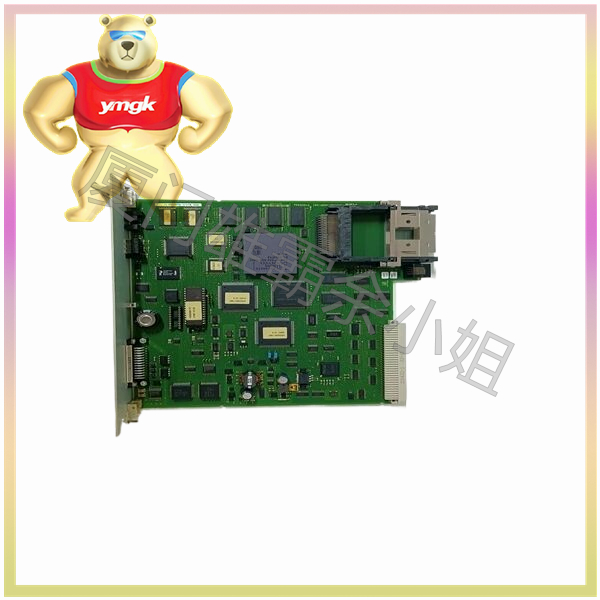
4.6 System Integration
Integrate hardware circuits with input devices, output devices, etc. to form a complete combinational logic controller system.
4.7 On site debugging
After the system integration is completed, on-site debugging is required in practical application scenarios to optimize control logic and parameters, ensuring the performance and reliability of the controller.
conclusion
A combinational logic controller is an efficient, reliable, and flexible control device widely used in various fields. Designing a combinational logic controller requires mastery of control logic, circuit design, simulation testing, and other skills, as well as reasonable design and optimization based on specific application scenarios and requirements.

